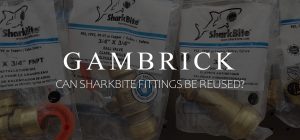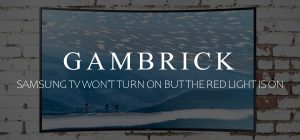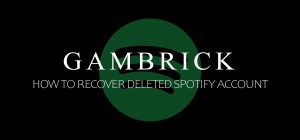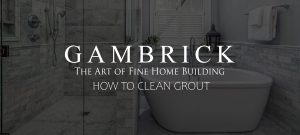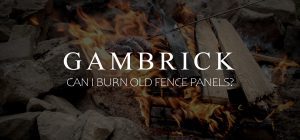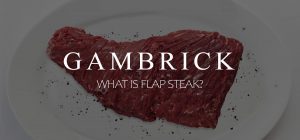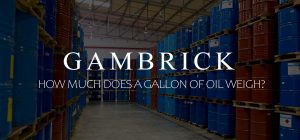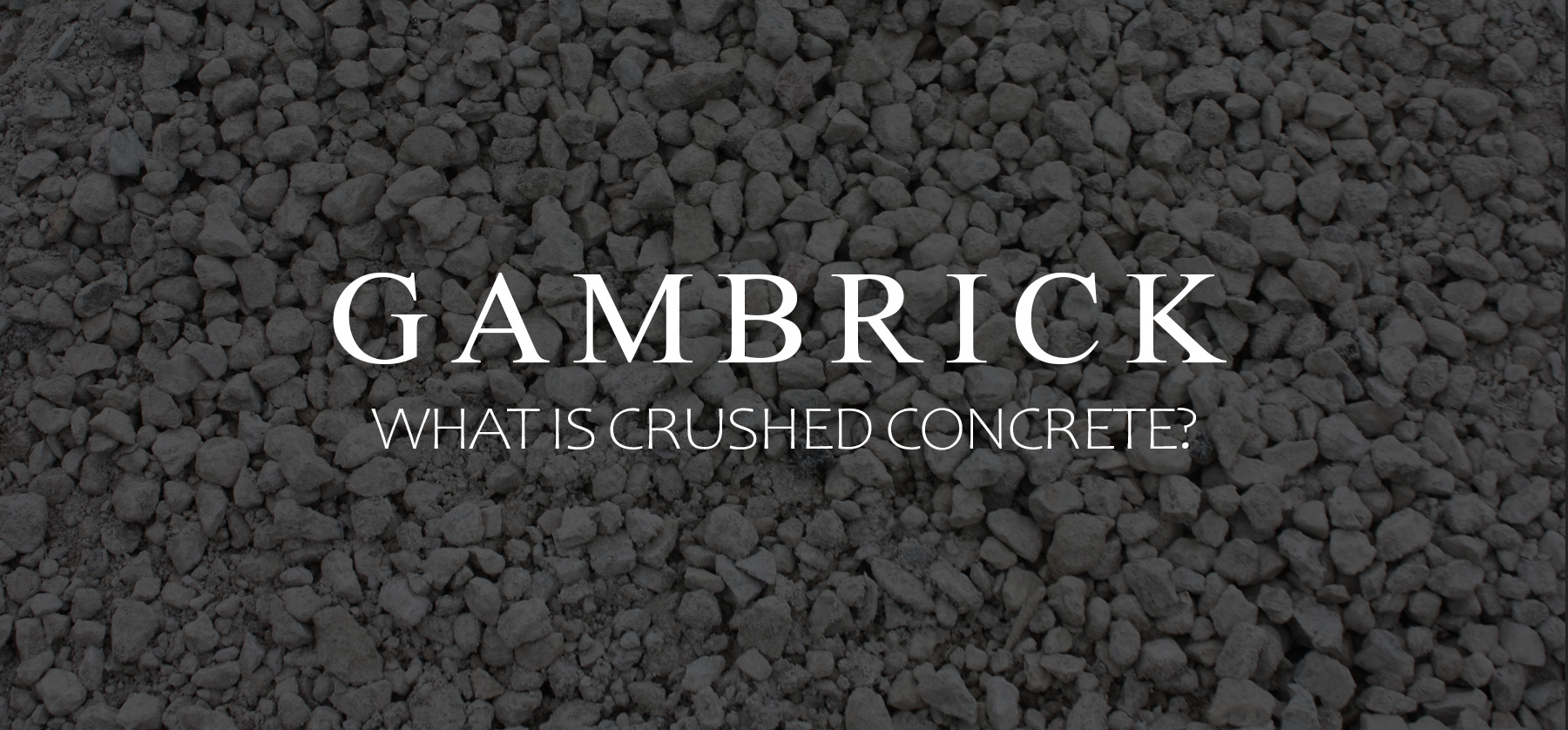
What is Crushed Concrete?
Crushed concrete is made from larger chunks of concrete taken from other construction projects. Slabs of concrete are broken into smaller chunks and then crushed down to the size of small stones by huge machines. The typical size of crushed concrete is 1/4″ to 1″ stones. Because crushed concrete is made from demolished concrete slabs, it’s considered recycled concrete. I’ve been a mason for over 25 years and can tell you firsthand that crushed concrete is great for all sorts of projects like driveways, paths, drainage, base material, garden beds and to make new concrete.
When a concrete structure, road, sidewalk or driveway is demolished, the concrete is usually deposited in a landfill. Concrete is not biodegradable and won’t decompose, so it sits there taking up space. This can eventually cause environmental problems.
A better alternative is to recycle the concrete by breaking it up into chunks and crushing it. The new crushed concrete can be used in all sorts of applications including to make new concrete. Concrete is one of the most popular building materials in the world so it makes sense to reuse it when possible.
Recycling concrete helps reduce landfill space and cuts down on resources that would otherwise be used to create new concrete.
Concrete slabs can be crushed down to specific sizes which makes it better for certain applications. Use smaller stones for garden beds or larger ones for better drainage. Crushed concrete is thoroughly cleaned so that unwanted debris is removed from the mixture so all your getting is small concrete rocks. This is also called concrete aggregate.
If your concrete is cracking, you can crush and recycle it, resurface it, or make repairs with a crack filler, epoxy, or fresh concrete.
What Is Crushed Concrete Used For?
There are quite a few great ways to use crushed concrete aggregate. The stones are typically about 1/4″ to 1″ in size and you can request which size you want. I use smaller stones for things like pathways and walkways and larger rocks for drainage. A mix is better for things like retaining walls or a footing base.
Retaining Walls
Crushed concrete can be used to make a retaining wall in a few different ways. Larger stones make a great base because they’re better for drainage. Smaller aggregate can be used to fill cells in the wall blocks. A mix of sizes is great when added to dirt because it helps bind the ingredients together.
When building a retaining wall, drainage is very important. Stones should be added behind the wall as well as under it to prevent water from building up and possibly freezing.
Walkways / Pathways
Crushed Concrete aggregate can be used instead of stones to create a walkway or pathway. Use a smaller aggregate because it’ll be easier to walk on. I usually spread about 2-3 inches evenly over some landscaping felt. The felt is important because it helps prevent weeds from growing.
If you use aggregate that’s too large it’ll be harder to walk on. Stick with stone 1/4 inch to 1/2 inch in size. Smaller aggregate also compacts better so the walkway will feel more solid under foot.
Raised Garden Beds
Raised garden beds provide lots of benefits such as improving drainage and warmer soil. These benefits allow for faster growth in the spring. They’re also easier to work in because they’re a little bit higher than ground level. Crushed concrete makes a great base material for creating a raised garden bed. It’s cheap, comes in a variety of sizes, and compacts well.
Drainage
Crushed concrete is great for drainage. It’s generally cheaper than gravel and has more size options. I like to use larger rocks for things like footings because it drains better and smaller pieces for walkways.
You can also layer your aggregate. Put a bottom layer of larger stones to increase sub base drainage. Then pour a layer of smaller stones on top which are easier to walk on. By using two layers, you get the benefits of both. The only drawback is that it’s another step which makes the job harder and longer.
Roads
Many new roads used crushed concrete aggregate as a sub base material. They may even use several layers of base at different sizes. Large material is used at the bottom because it’s very strong and provides good drainage. Then a layer of smaller material is spread and compacted on top as a middle layer. Smaller aggregate compacts tighter than larger stones. Finally the top layer of road material is poured. This is usually asphalt or concrete.
Using a recycled material as the sub base is a great way to save money and help the environment. I try to use it as much as possible whenever I can. It’s also a great way to get rid of demolished material and an alternative to using land fills.
New Concrete
Add sand and Portland cement to crushed concrete aggregate and what you get is new concrete.
If you need more strength add larger stones. For more work-ability, keep the rocks on the smaller size. They’ll be easier to float down which makes the surface smooth.
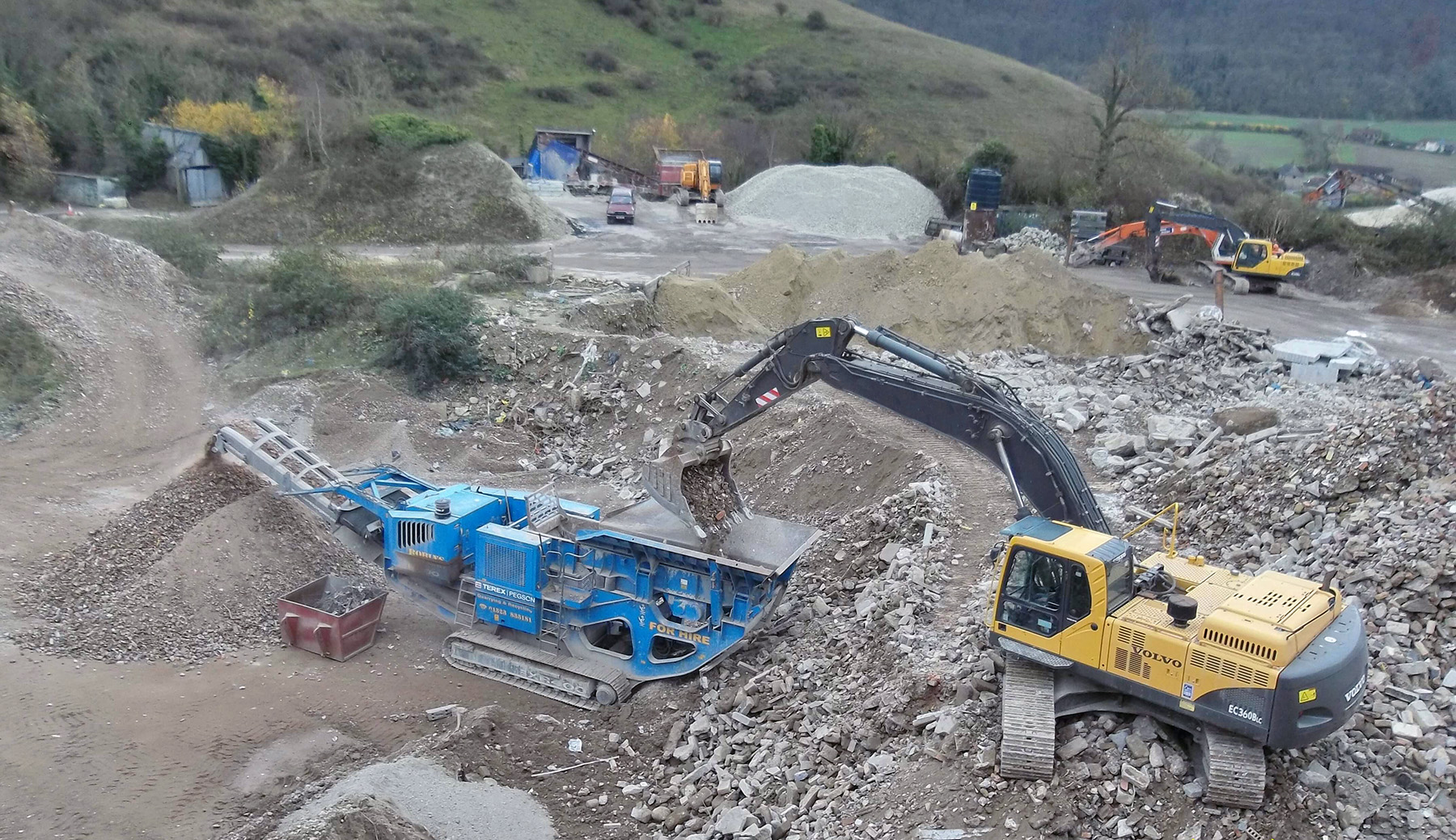
How Is Concrete Crushed?
Concrete is recycled by using industrial crushing equipment. These huge machines have jaws and large impactors that can crush large concrete chunks into small rocks.
After a concrete building, road or structure is demolished. The large slabs are broken up into smaller chunks. These chunks are then fed into an impactor which breaks them down into smaller and smaller pieces. The rocks re screened to remove dirt and other particles and to separate small and large aggregate.
Crushing can either be done onsite or at a processing plant. In the case of a plant, large concrete pieces are transported to the crushing machines by truck. The machines are then fed by huge excavators than scoop up material and dump in into the crusher.
The small pieces that eventually come out the other end are what you can buy and use in your home.
How To Use Crushed Concrete
Crushed concrete can be delivered to your home or picked up at the plant. It’s generally order by the ton, half ton or quarter ton. It typically costs $10 to $50 per ton, around $15 to $75 per cubic yard, and $1 to $3 per cubic foot. Prices vary based on how much you buy, what type it is, where you buy it and when. If you get the product delivered, there’s generally a delivery fee on top of the material cost to pay for the truck.
The material is usually installed by wheel barrow. Shovel the rocks into the wheel barrow and them dump them where you need it. Use a rake or hoe to level the base out. It’s not hard material to work with but it’s heavy. The feel is very similar to gravel or other aggregate stones.
I generally use landscaping felt under all my walkways, sidewalks and driveways to keep weeds out. Aggregate can have rough edges so use a good quality, thick felt. Double it up if you need to.
If I’m using the material as a base for a retaining wall I don;t use felt. Weeds will be kept down by the wall.
I always compact my base down. A tighter compact makes a stronger walkway or base layer to build on.
Pros & Cons Of Crushed Concrete Aggregate
There are several pros and a few cons of crushed concrete you should consider before using it.
Price
Crushed concrete is a recycled product which generally makes it cheaper than gravel.
Sustainability
Crushed concrete is more environmentally friendly than other types of aggregate because it’s recycled. It saves landfill space, conserves resources, reduces waste and reduces carbon emissions produced in the concrete manufacturing process. This is what draws many people to using it in. Recycled crushed concrete can lower a company’s carbon footprint due to fewer emissions from manufacturing. This not only helps the environment but also saves money.
Concrete is one of the most widely used building material in the world. And that’s not going to change any time soon. With more and more product being made each year, it’s good to have a plan for when it’s eventually demolished for something new. Instead of filling up a landfill with old concrete, crush it instead and re-use it.
Versatility
Crushed concrete has a wide variety of uses. And it’s used by both homeowners and contractors. It’s great for small scale projects like a raised garden bed or walkway. Or a large scale project like building a new road.
Looks
These days many people are using a more Modern style for their homes. A lot of gray, white, black and wood. Concrete has become the go to material for steps, walkways, patios and driveways. That color scheme can be continued with your stone aggregate by using crushed concrete. The color remains the same but in much smaller pieces. It’s a Modern style and looks great when used on the right house.
The grayish color can also be seen as a con. Some people don’t like it and find the monotone look boring. It really has to fit the house you use it on. But overall I really like the look.
Compaction
Crushed concrete compacts really hard. Over time chunks can harden and fuse together. In some cases this is a big benefit because your walkway or patio surface will be really hard. But it also means the height can shrink a little. So you’ll eventually have to add more material to regain the lost height.
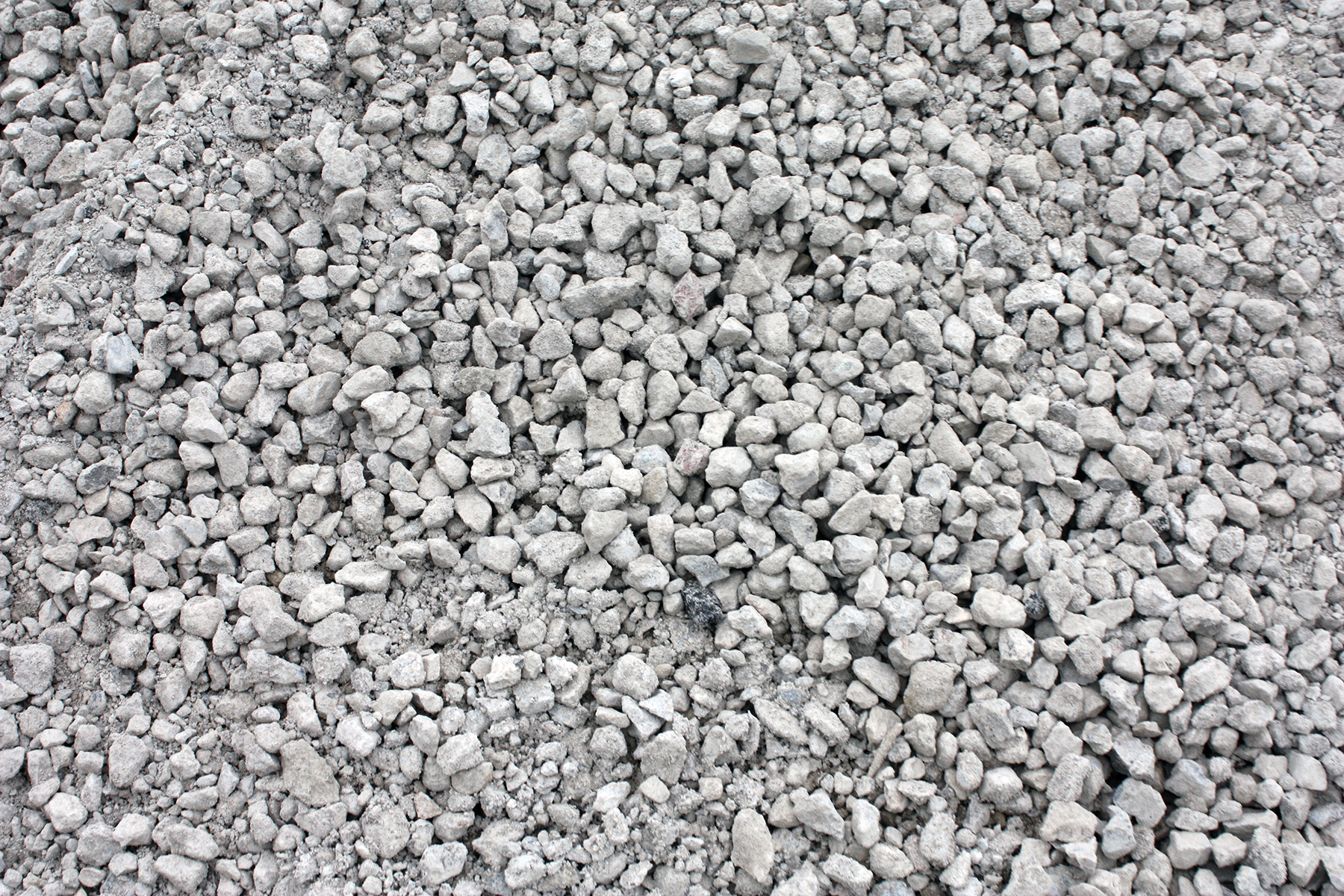
Types Of Crushed Concrete
There are a few types of crushed concretes. They’re all basically the same except in size and how clean it is. When ordering material, tell the plant how big you want the rocks and how clean. Some product is finely filtered so all you gt is crushed concrete. This is great for making new product. It’s also more expensive. If you’re using aggregate for a sub base driveway surface you probably don;t need as filtered a product.
- 21AA Crushed Concrete
21AA is great for drainage which makes it a good product in wet areas. It’s used as a surface for driveways or parking lots. I use it more as a base layer because larger stones provide better drainage. - 22A Crushed Concrete
22A is made of smaller rocks which creates a smooth surface. This makes it a better top layer for roads, driveways, walkways and parking lots. It can also be used as a base layer. - 6A Clean Crushed Concrete
6A is a clean product which is heavily filtered. I use it to make new concrete.
Crushed Concrete Driveway
Crushed Concrete makes a great driveway material. It’s cheaper than gravel and some prefer the look. Especially when used on a modern home that features lots of gray, white, natural wood or black. But it can work with any color scheme that wants a driveway with a mute neutral color.
All aggregate driveways have sustainability, great drainage, they never crack and don’t require repairs. The only real drawback is rocks tend to get thrown around and to keep them looking their best you need to rake them smooth from time to time.
They also don’t do great in snow and ice conditions because you can’t shovel them all the way to the surface. If you do you’ll be throwing rocks around each shovel load. When you shovel snow off a crushed concrete driveway you have to stay about an inch off the surface.
Make sure to use felt under the rocks. This prevents weeds from popping through.
I recommend using larger 21AA as the base material. Compact a few inches down really hard and then install a layer of 22A or 6A on top. A finer stone works better on the surface.
Will Crushed Concrete Harden?
Over time crushed concrete will start to harden and compact. This creates a smoother surface, but also causes the height to decrease. You’ll need to add a layer on top to maintain the height you want.
Crushed concrete isn’t as hard as stone because it’s a man made material. Concrete can be ground down to basically dust and aggregate stone. As the crushed concrete is compacted together, it starts to bond with other aggregate around it and compact tightly. This is aided by water. Cycles of moisture, pressure, cold and heat helps the aggregate bond to one another. In some cases they can form into larger chunks again. This makes a great surface for a driveway or walkway because it gets really hard. But you have to add more material on top every now and then.
Is Crushed Concrete Good For Roads?
Crushed concrete is a great product for a roadway base layer. It’s cheaper, recycled, has great drainage, compacts really hard and readily available. But it’s not as good as a surface layer.
- As time goes on, it will start to harden and compact which reduces it’s height. New product will need to be added to maintain the proper road height.
- Loose stones will be thrown around as cars drive on top or animals and people walk by. This isn’t great for a road.
- Aggregate roads don’t provide the same grip as a solid surface does. This means hard breaking will take more time and be more dangerous.
- In snow prone areas, aggregate roads would be near impossible to maintain. They do provide better drainage but aren’t plow-able down to the roads surface.
Crushed concrete makes a good road base, but it’s not a great surface material. For the surface I’d use asphalt or concrete. However it does make a good driveway or walkway surface material because you won;t be driving as fast on top of it.
Crushed Concrete For Patios
Crushed concrete makes a great patio material. Especially if you like the grayish color.
I recommend using a layer a few inches thick of larger material first as a sub base. Compact the rocks firmly into the ground. When done, you should be able to walk over the surface without the stones moving much if at all.
On top of the sub layer, add another 2 inches of finer material. Smaller stones compact tighter and make a better walking surface. Compact them tightly together.
Keep in mind that you’ll loose about 1/2 inch to 1 inch of height per layer as you compact. Keep this in mind when setting your elevations for the patio.
One of the reasons why crushed concrete patios work so well is drainage. A solid surface patio drains to the sides which creates puddles and possibly yard flooding. But aggregate patios drain evenly all over which is much better for the yard.
Crushed Concrete As A Base Material
Crushed concrete is a fantastic base material for all sorts of top layer products including asphalt, aggregate stones and concrete.
The material compacts really well and provides great load transfer when used over a weaker sub-grade. It compacts tightly and provides good drainage which is very important under a solid surface like asphalt or concrete. It’s durable and lasts a long time as well as being a Green product. It’s also relatively cheap when compared to other base materials such as gravel.
I prefer larger rocks as a base because they’re stronger and provide better drainage. Sometimes I’ll use a mixed batch but generally save the cleaner smaller stuff for top layers.
Is Crushed Concrete Better Than Gravel?
Crushed Concrete is cheaper than gravel and serves the same basic function. It compacts really well, makes a hard surface, provides good drainage and is generally cheaper. It’s also a Green recycled product which helps the environment.
Looks wise, I prefer crushed concrete to gravel any day. Most of the homes we build tend to be Modern and gray fits into the color scheme. Colors are harder for me to work into my designs so I prefer a neutral gray.
Crushed concrete also tends to compact tighter than gravel because the rocks can fuse together over time. This isn’t something gravel will do because it’s a real stone. As the concrete compacts tighter and tighter it also hardens. This creates a fantastic driveway or walkway but also reduces it’s height a little. Eventually you may need to add more material to restore the height you want. Generally I raise the height of a crushed concrete walkway or driveway about an inch to anticipate it eventually settling over time.
Overall I prefer crushed concrete to gravel for almost all of my projects.
Does Crushed Concrete Get Muddy?
Crushed concrete compacts really well which doesn’t allow much to pass through it other than water. This means that it does not get muddy when it gets wet even when you use it on top of mud.This assumes you use at least 4 inches of material and compact it properly. If you only spread an inch and don’t compact it then it’ll probably get muddy. But that’s because you didn’t install it correctly, not due to the product.
Crushed concrete can be dusty during the dry season. This is partly because of the product itself but also due to dirt that collects on the surface over time from things like muddy boots or tires. To prevent this, you can spread a thin layer of asphalt milling on top or rinse the surface until the dirt runs off.
Is Crushed Concrete Toxic
The crushed concrete you buy and use on your home shouldn’t bet toxic. By the time it reaches you, it’s already been broken down several times and turned into small rocks. However, during the crushing process, toxic gases can be released into the air. At this stage it’s important to wear safety equipment. Over time, inhaling the dust given off by concrete can be bad for your health. But for home use it’s generally safe and considered non-toxic.
How Thick Should A Crushed Concrete Driveway Be?
The thickness of your driveway will vary based on the type of soil you have and the weight of vehicles you’ll be driving on top of it. In general, I always pour at least 7 inches of large crushed concrete first. This compacts down to about 6 inches. Make sure you compact this layer really tight. The base layer is super important because it prevents the driveway from settling.
Then I spread another 4-5 inches of finer, cleaner crushed material on top. This compacts down to about 3-4 inches.
Both layers provide good drainage and a solid base for cars and trucks.
Can You Make New Concrete From Crushed Concrete?
One of the best uses for crushed concrete is making new concrete. All you need to is add Portland cement, sand, crushed concrete and some aggregate stone. Mix them together to create a dry concrete mix. Then add water to create wet concrete which dries and hardens.
The problem with turning crushed concrete into new concrete is strength inconsistency. One of the most important aspects of concrete is it’s high compressive strength. This is controlled by carefully measuring it’s ingredient ratios. You can do that as easily using crushed concrete because there’s no way to know exactly what aggregate is in each chunk. For this reason the concrete made using crushed concrete can be a little weaker. I wouldn’t use it to build a home’s foundation or a bridge but it’s generally fine as a patio or driveway material. When in doubt, add some rebar or another inch of thickness.
Summary: What Is Crushed Concrete?
Crushed concrete is made from larger chunks of concrete taken from other construction projects. Slabs of concrete are broken into smaller chunks and then crushed down to the size of small stones by huge machines. The typical size of crushed concrete is 1/4″ to 1″ stones. Because crushed concrete is made from demolished concrete slabs, it’s considered recycled concrete. I’ve been a mason for over 25 years and can tell you firsthand that crushed concrete is great for all sorts of projects like driveways, paths, drainage, base material, garden beds and to make new concrete.
When a concrete structure, road, sidewalk or driveway is demolished, the concrete is usually deposited in a landfill. Concrete is not biodegradable and won’t decompose, so it sits there taking up space. This can eventually cause environmental problems.
A better alternative is to recycle the concrete by breaking it up into chunks and crushing it. The new crushed concrete can be used in all sorts of applications including to make new concrete. Concrete is one of the most popular building materials in the world so it makes sense to reuse it when possible.
Recycling concrete helps reduce landfill space and cuts down on resources that would otherwise be used to create new concrete.
Concrete slabs can be crushed down to specific sizes which makes it better for certain applications. Use smaller stones for garden beds or larger ones for better drainage. Crushed concrete is thoroughly cleaned so that unwanted debris is removed from the mixture so all your getting is small concrete rocks. This is also called concrete aggregate.
If your concrete is cracking, you can crush and recycle it, resurface it, or make repairs with a crack filler, epoxy, or fresh concrete.
If you have any questions email or leave a comment below.

John Mazzuca | About | More Posts |
Custom Home Builder
John Mazzuca is a custom home designer and builder at Gambrick with over 25 years experience in the construction industry. John has designed, built and/or remodeled hundreds of homes, small buildings, and commercial projects. He writes about business, real estate, home building, and household electronics. His work has been featured in Fox Business, Better Homes & Garden, House Beautiful, and more.





